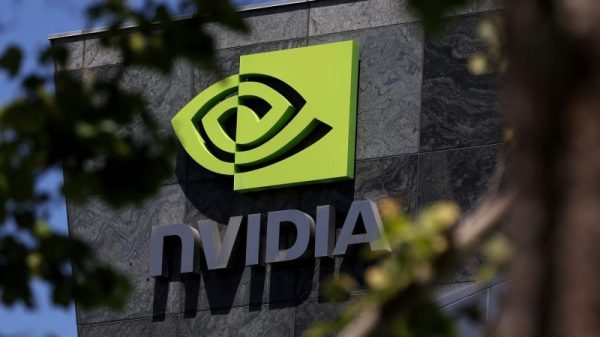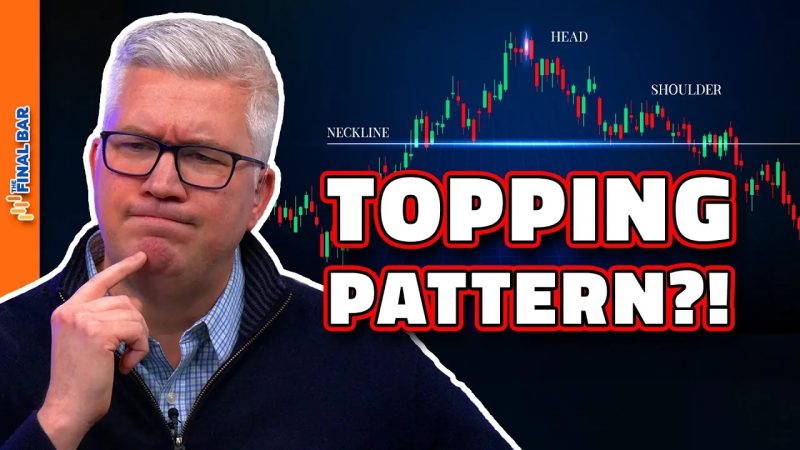Semiconductor Industry Faces Challenges: Is a Head and Shoulders Top Forming?
Semiconductors play a critical role in powering today’s technology-driven world, serving as the backbone of various devices such as smartphones, computers, and automotive systems. Recent developments within the semiconductor industry have attracted significant attention from investors and analysts. A notable trend that has emerged is the potential formation of a head and shoulders top pattern in semiconductor stocks, signaling a possible shift in market sentiment and future price movements.
A head and shoulders top is a technical chart pattern that typically indicates a reversal of the current uptrend. The pattern consists of three peaks: a higher peak (head) flanked by two lower peaks (shoulders). The neckline, which connects the lows between the peaks, acts as a key support level. A breakdown below the neckline confirms the pattern and suggests a bearish outlook for the stock or sector.
In the case of semiconductor stocks, the emergence of a head and shoulders top pattern raises concerns among investors about a potential downturn in the industry. The semiconductor sector has been a key driver of stock market performance in recent years, benefiting from strong demand in various end markets such as consumer electronics, cloud computing, and electric vehicles. However, several factors are currently exerting pressure on semiconductor stocks, contributing to the formation of the bearish pattern.
One of the primary factors impacting semiconductor stocks is the ongoing chip shortage. The global semiconductor industry is facing a supply chain crisis, with manufacturers struggling to meet the surging demand for chips. This shortage has disrupted production lines across various industries, leading to inventory constraints and increasing lead times for semiconductor companies. As a result, semiconductor stocks have experienced volatility, reflecting uncertainties surrounding supply chain disruptions and their long-term impact on industry growth.
Moreover, geopolitical tensions and trade disputes have added to the challenges facing semiconductor companies. Escalating conflicts between major economies, such as the US and China, have raised concerns about supply chain resilience and potential disruptions in semiconductor manufacturing. Companies in the semiconductor sector are closely monitoring geopolitical developments and regulatory changes that could affect their operations and profitability.
Additionally, concerns about a potential economic slowdown or recession are weighing on semiconductor stocks. The semiconductor industry is cyclical in nature, closely tied to global economic trends and consumer spending. A slowdown in economic growth could lead to reduced demand for semiconductor products, impacting revenue and profitability for companies in the sector. Investors are closely monitoring economic indicators and market conditions to assess the potential impact on semiconductor stocks.
While the formation of a head and shoulders top pattern in semiconductor stocks is a cause for concern, investors should approach the situation with caution and consider various factors before making investment decisions. Technical chart patterns provide valuable insights into potential market trends, but they should be used in conjunction with fundamental analysis and market research to gain a comprehensive understanding of the investment landscape.
In conclusion, the semiconductor industry is facing challenges that are reflected in the potential formation of a head and shoulders top pattern in semiconductor stocks. Supply chain disruptions, geopolitical tensions, and economic uncertainties are contributing to the bearish outlook for the sector. Investors should stay informed about market developments and consider a balanced approach to navigating the volatile landscape of semiconductor investments.






















